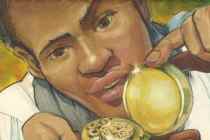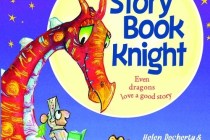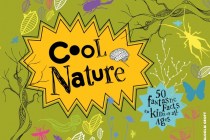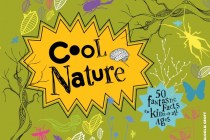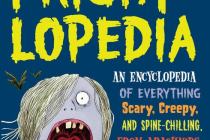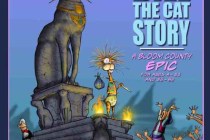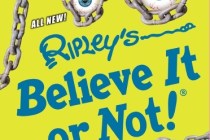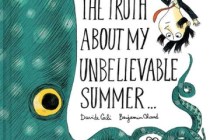Mule serves a place in history in children’s book
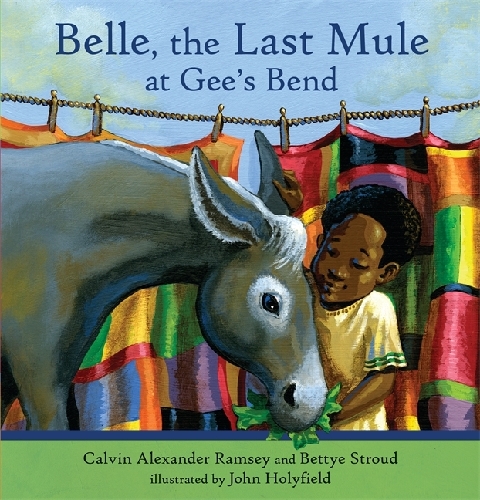
Who is your favorite Superhero?
Does he wear a cape and fly through the air? Or does he have sharp knives instead of claws so he can really mess up the Bad Guys? Does your superhero run fast, spin webs, jump high, control fire or wind, or is he able to swim through deep oceans with special gills on his neck?
Or maybe your superhero has long ears and a swishy tail, and did something quietly wonderful. In the book "Belle, the Last Mule at Gee’s Bend" by Calvin Alexander Ramsey and Bettye Stroud, illustrated by John Holyfield, you’ll meet the hero who gently made history.
Alex was just killing time.
His mother was doing some shopping at the Gee’s Bend General Store and though he wanted to go play, Alex was told to wait for her. And there he was, sitting on a bench, minding his mother and watching an old mule across the street, when an elderly woman sat down beside him.
Alex wondered aloud why the mule was allowed to just eat out of someone’s garden. Wasn’t the gardener mad about that?
The old woman smiled and began to tell Alex a story.
Once upon a time, everybody in Gee’s Bend was poor. Most people didn’t have cars because they couldn’t afford them. All they had were mules and wagons. Benders — that’s what they called themselves — used mules for just about everything.
That old mule eating out of the garden? Her name was Belle, and she had been around a long time — ever since Dr. Martin Luther King visited Gee’s Bend back in 1965.
King had urged Benders to register for the vote, but white folks tried to stop them. Unafraid, Benders hitched up their mules, traveled a half a day to nearby Camden and registered anyhow.
Mules meant so much to King’s movement that when he was shot, someone called Gee’s Bend and asked if two Bender mules could pull his coffin through the streets of Atlanta. And one of those mules — a hero, to many — was eating collard greens out of that garden right across the street.
Sometimes when you’re little, big concepts are hard to grasp. For very young children, though, "Belle, the Last Mule at Gee’s Bend" is a good start for understanding an important bit of history.
Authors Ramsey and Stroud tell this real-life story from an angle that children will love; partly because the storyteller is such a sweet character and partly because an animal is right in the middle of the tale (and what kid doesn’t love animals?). Smaller children will also enjoy Holyfield’s accompanying illustrations, while older kids will appreciate the behind-the-scenes information at the back of the narrative.
Despite the grown-up story inside, I was charmed by this children’s book, and I think your youngster will be, too. For kids 4 to 8, when it’s time to learn a different angle on the Civil Rights story, "Belle, the Last Mule at Gee’s Bend" is pretty super.
View publishes Terri Schlichenmeyer’s children’s book reviews weekly.





